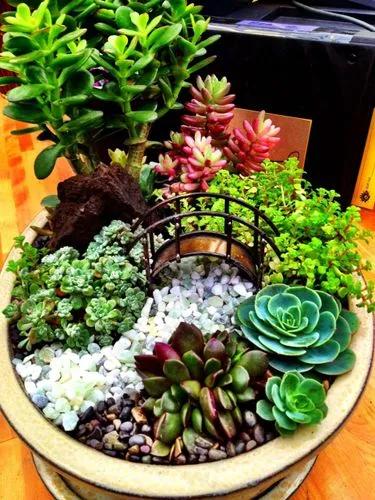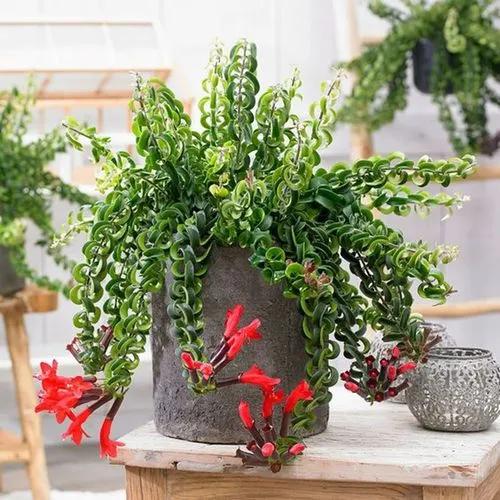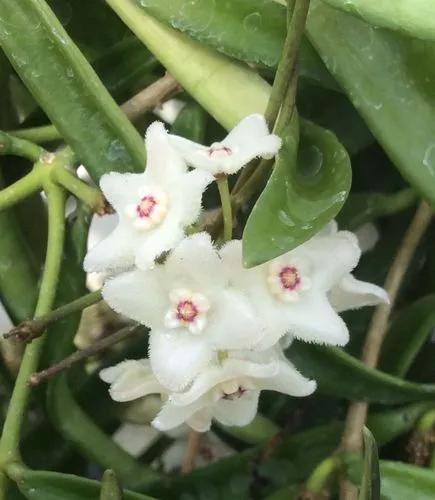Crassula hemisphaerica is a succulent perennial. It is native to South Africa, in particular, it’s present in part of the Great Karoo, a semi-desert region.
Crassula hemisphaerica Care
Crassula hemisphaerica



Crassula hemisphaerica is a dwarf succulent, maximum 10-15 centimeters tall, with a few rosettes of sessile leaves (maximum 2-3 rosettes but, more often, just one). Its name, C. hemisphaerica, is due to the densely packed and curved leaves that make the rosette hemisphearical in section. Leaves are oval or elliptic, maximum 5 centimeters long and 3 centimeters wide, flattened, grey-green with many hydatotes (little holes that look like tiny bumps), grouped in the upper part. Leaves are overlapped upon the stems and densely packed together, to that the stem is not visible and the plant ends to look like a flattened, pretty rosette. Inflorescences are spike-like thyrses which overhang the rest of the plant, with an erect peduncle which bears axillary creamy or white flowers with black anters. Blossoming time is in Autumn, between September and November.
How to Care for the Plant

Water

These are succulent plants related to the stonecrops, and they prefer sparse watering, with the soil drying out completely before being watered again. During cooler months, give them a good drenching and then allow the soil to dry out before watering again. Crassula plants go dormant when the temperature gets hot in summer and need even less water. When grown indoors, watering should be minimized from late fall through winter, as the plants go semi-dormant during this time.

Fertilizer

Feed this plant sparingly. You can give your plants a little organic fertilizer in mid-spring, as they start actively growing, but further feeding is not necessary.

Sunlight

When grown indoors, place Crassula plants in a spot that receives bright indirect light all day, or direct sun for a few hours of the day.

Soil

Crassula plants need soil that is very well-draining, and they will do fine in sandy, rocky soils. They prefer a neutral to slightly acidic soil, but even extreme pH levels rarely kill the plant.

Temperature

The plant is considered hardy in the areas with the lowest temperatures from +4.4°C (40°F) to +10°C (50°F).

Container

This plant can be grown in a container. Choose a pot with enough drainage holes.

Popularity

5 people already have this plant 2 people have added this plant to their wishlists
Discover more plants with the list below
Popular articles






